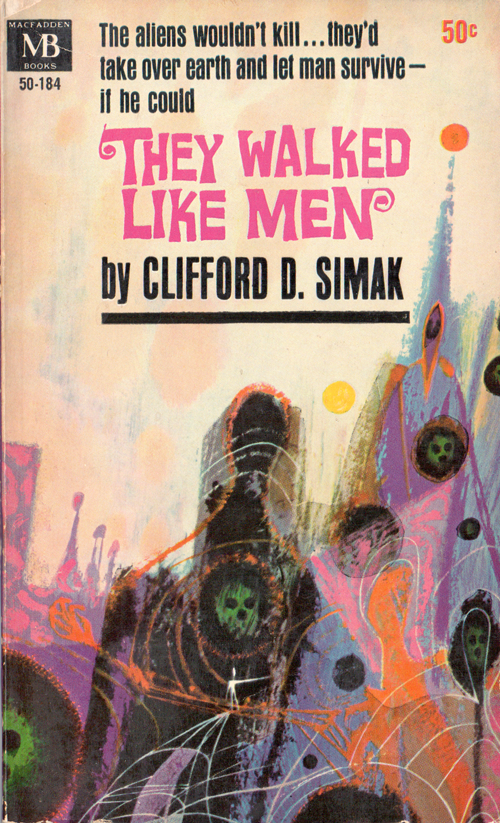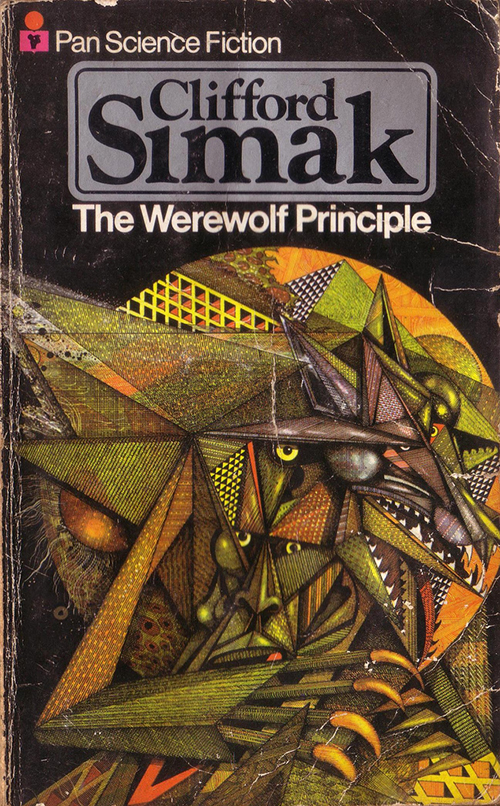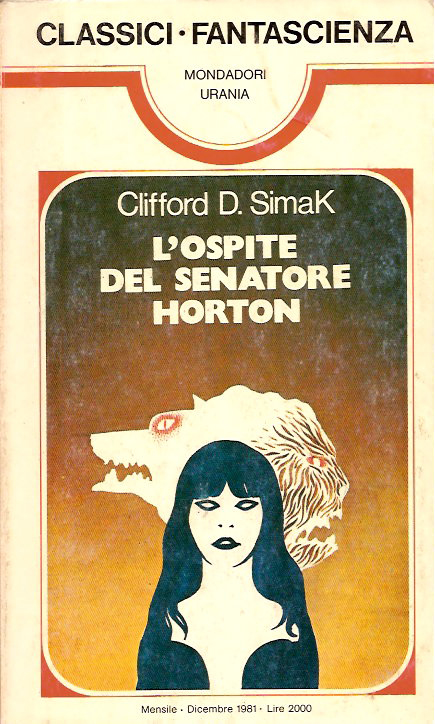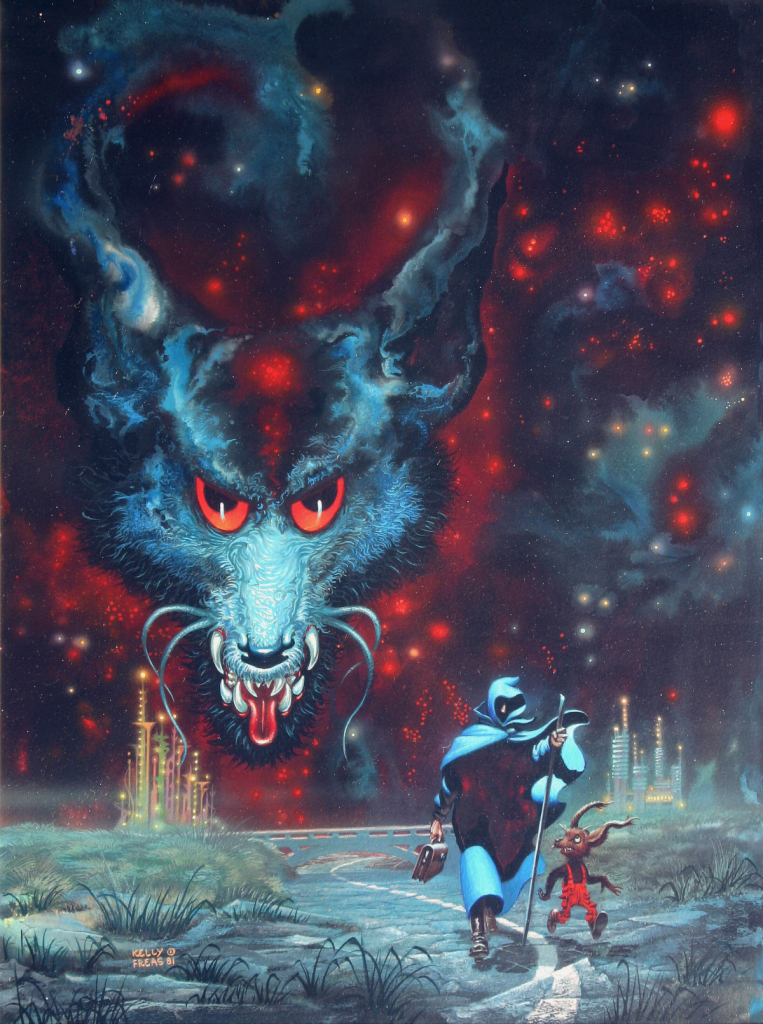They Walked Like Men by Clifford D Simak is one of the most clever alien invasion stories I have ever read. It’s also an exploration of the downsides of private property and capitalism which surprised me from Simak, who doesn’t usually talk about economics in his novels.
Cover artist unknown, MacFadden Books 1963.
This book is written in the first-person POV of Patrick Graves, a science journalist for a city newspaper. The book doesn’t say what year it is but it was published in 1962 and doesn’t have any SF elements other than the aliens. Simak was a journalist so I would guess that he was heavily mining from his experience for the milieu. It makes it more real and offers us a glimpse into a job that doesn’t exist in the same form anymore.
One curious aspect to the setting is that Simak never specifies the name of city in which this story is set. It feels like a mid-sized midwestern city. From his other novels I know that’s where he usually sets his stories because that’s where he lived but it does make some of the phrasing awkward when Simak is trying to dance around naming the city outright. A novelist should pick a place to tell their story and tells us where that place is.
Graves is a bit of a drunk and a misogynist. In many ways Graves exemplifies stereotypes I have about how a typical man in the 1950’s to early 60’s would think about things like drinking and women.
Simak does a terrific job conveying the dread that Graves feel as the alien invasion upends his sense of comfort and normalcy. Here’s a choice quote from page 87 of the 1963 MacFadden Books edition:
Now I saw the great black of the night outside and could sense the coldness and the arrogance that held the world entrapped. The room contracted to a cold place of gleaming light shattering on the shine of the laboratory bench and the sink and glassware, and I was a feebleness that stood there…
As someone who suffers from anxiety and panic attacks, I can testify that this is an accurate description of what it feels like when panic begins.
I won’t spoil the ending but I am going to describe the clever premise. I went into it with no prior knowledge of the plot (I didn’t even read the back cover copy) just a strong appreciation for Simak’s writing and themes (I’ve also reviewed his book The Werewolf Principle) so be forewarned that I’m going into detail about things the book slowly reveals in the following paragraphs.







